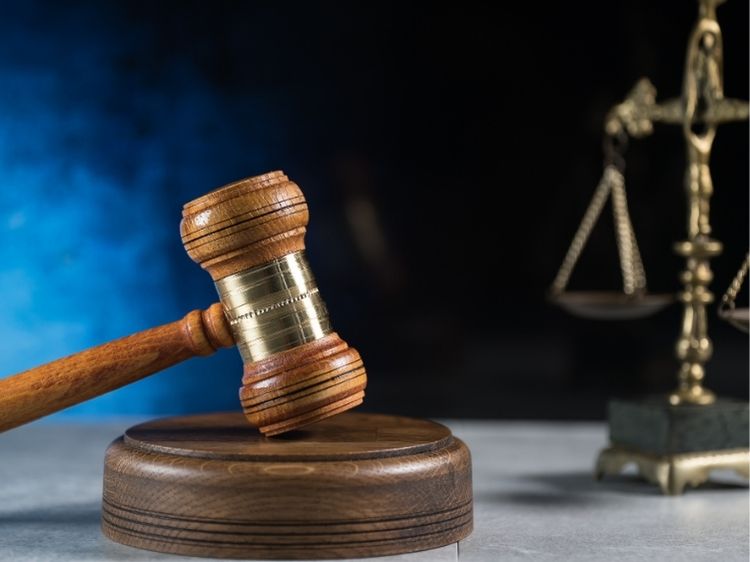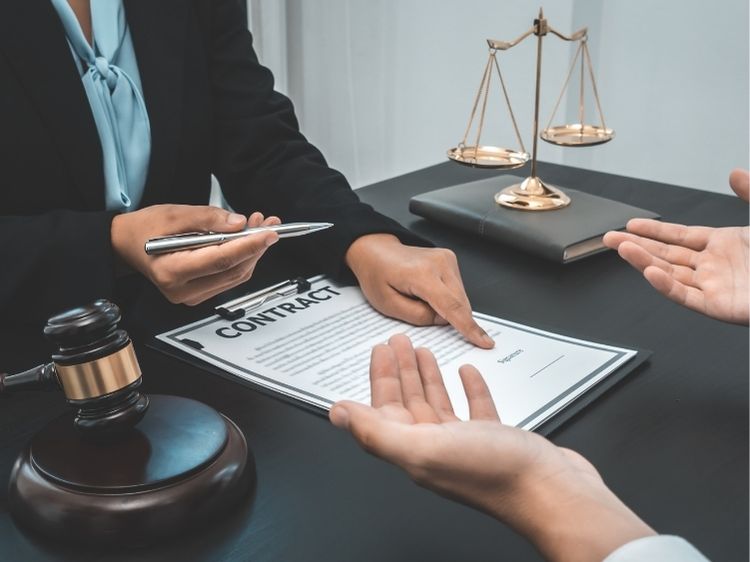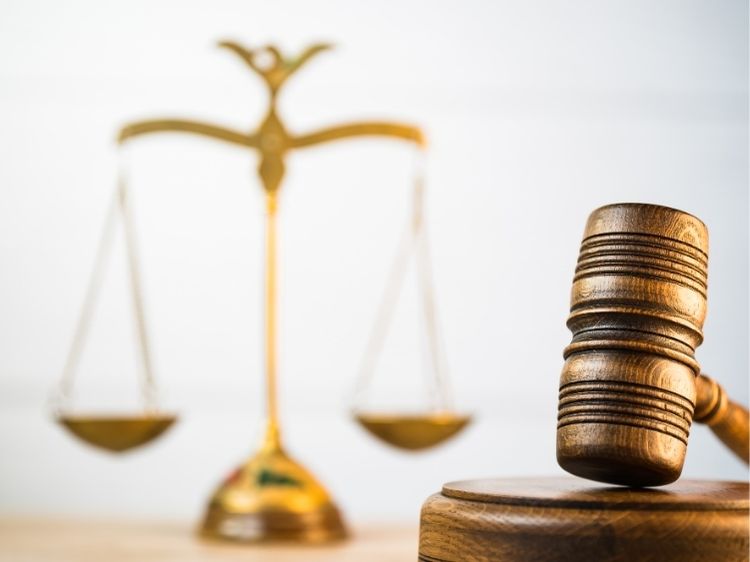When you purchase a product, you trust that it will work as intended. But what happens when that trust is broken, and the product causes harm? This is where product liability cases come into play. Product liability laws are designed to protect consumers from defective products, ensuring that manufacturers, distributors, or retailers are held accountable for the harm their products may cause.
In this article, we’ll explore the ins and outs of product liability cases, including the types of defects, the parties involved, and some high-profile cases that have shaped the legal landscape. Whether you’re a consumer, business owner, or legal professional, understanding these cases can provide valuable insights into your rights and responsibilities.
What Are Product Liability Cases?
Product liability cases are legal disputes that arise when a consumer is harmed by a defective product. These cases fall under the broad umbrella of personal injury law, but they have their own unique set of rules and regulations. In general, product liability cases hold manufacturers, suppliers, and retailers responsible for any injuries or damages that result from their products.
There are three main types of product defects that can lead to liability:
- Design Defects: These occur when the design of a product is inherently unsafe, even if it is manufactured correctly.
- Manufacturing Defects: These happen when something goes wrong during the production process, resulting in a dangerous product.
- Marketing Defects (Failure to Warn): These involve the failure to provide adequate instructions or warnings about the product’s potential risks.
Who Can Be Held Liable?
In a product liability case, several parties could be held responsible for the harm caused by a defective product. The liability isn’t limited to the manufacturer alone; it can extend to anyone involved in the product’s distribution chain. This could include:
- Manufacturers: The company that made the product.
- Wholesalers: Those who sell products to retailers.
- Retailers: Stores or online platforms that sell the product to consumers.
Each of these entities has a duty to ensure the product is safe for consumer use, and failure to meet this duty can lead to a lawsuit.
Types of Product Defects
Product defects come in many forms, but the three primary categories are design defects, manufacturing defects, and marketing defects. Let’s break these down a little further:
1. Design Defects
A design defect exists when a product is inherently dangerous due to its design. For example, if a children’s toy has small parts that can easily detach and cause choking, that could be considered a design defect.
2. Manufacturing Defects
A manufacturing defect occurs during the assembly or production phase. A good example of this would be a batch of car tires that were not properly tested and ended up being prone to blowouts.
3. Marketing Defects
Marketing defects, often referred to as “failure to warn,” happen when a company doesn’t provide adequate instructions or warnings for the product’s use. For instance, a medication that fails to warn consumers about serious side effects could fall under this category.
How Do You Prove a Product Liability Case?
Winning a product liability case requires proving that the product was defective and that the defect directly caused harm. There are typically four elements that must be established:
- The product was defective: You must show that the product was inherently dangerous due to a design, manufacturing, or marketing flaw.
- The defect caused your injury: It’s not enough to show that the product was defective; you must also demonstrate that this defect led to your injury.
- You used the product as intended: You need to prove that you were using the product in a way it was intended to be used.
- You suffered damages: Finally, you must provide evidence of actual damages, whether it’s physical injury, emotional distress, or financial loss.
Notable Product Liability Cases
Some product liability cases have garnered significant media attention over the years, often leading to massive settlements or regulatory changes. Here are a few notable examples:
1. McDonald’s Hot Coffee Case
In 1992, a 79-year-old woman sued McDonald’s after she was severely burned by a cup of coffee she bought from the fast-food giant. The case became famous, highlighting the dangers of overly hot coffee and sparking discussions about corporate responsibility.
2. Ford Pinto Case
In the 1970s, Ford faced a wave of lawsuits after it was discovered that the Pinto’s gas tank was prone to exploding in rear-end collisions. The case led to changes in automotive safety standards and remains a classic example of corporate negligence.
3. Johnson & Johnson Talcum Powder Case
Johnson & Johnson faced multiple lawsuits after consumers claimed that the company’s talcum powder products caused ovarian cancer. This high-profile case resulted in large settlements and increased scrutiny on cosmetic products.
Common Defenses in Product Liability Cases
In some cases, companies may try to defend themselves by claiming:
- Misuse of the product: If a consumer was not using the product as it was intended, the manufacturer may argue that the injury was not their fault.
- Modification of the product: If the product was altered after it left the manufacturer’s control, the company might not be liable.
- Statute of limitations: Every state has a time limit for filing product liability claims. If this time has passed, the case may be dismissed.
FAQs About Product Liability Cases
1. What damages can I recover in a product liability case?
You may be able to recover compensation for medical bills, lost wages, pain and suffering, and in some cases, punitive damages.
2. How long do I have to file a product liability case?
The time limit, or statute of limitations, varies by state. It’s essential to consult with a lawyer as soon as possible after an injury.
3. Can I file a lawsuit if I wasn’t the one who bought the product?
Yes, you can. In most cases, anyone injured by the product, regardless of whether they purchased it, has the right to file a claim.
4. Do I need to prove the manufacturer was negligent?
In some cases, you don’t need to prove negligence. Strict liability laws hold manufacturers accountable simply because their product was defective.
Conclusion
Product liability cases are an essential aspect of consumer protection, ensuring that companies are held responsible when their products cause harm. Whether you’re dealing with a defective toy, a faulty car part, or a dangerous medication, knowing your rights can make all the difference.
Understanding how these cases work, what defects can arise, and who can be held accountable helps consumers and businesses alike. If you’ve been injured by a product, it’s crucial to act quickly and seek legal counsel to explore your options.
For more information, visit these authoritative sources:


